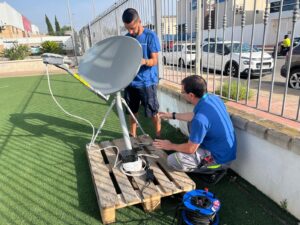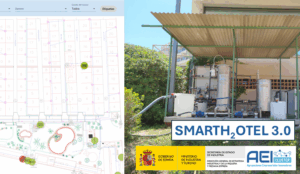The University of Oviedo leads a consortium dedicated to the development of advanced power systems for unmanned lunar vehicles, commonly known as lunar rovers. This effort integrates solar panels, batteries, and radioisotope thermoelectric generators (RTGs) to optimize the performance of these vehicles in the demanding environment of the lunar south pole.
The Electronic Power Systems group at the Asturian university is responsible for managing the energy from these three sources, as well as recharging the batteries. The goal is to design an electrical system capable of combining solar, battery, and radioisotope generator energies to ensure the continuous operation of the rover at the lunar south pole, an area with zones of eternal light and others in complete darkness.
Meanwhile, researchers from the University of Leicester in the UK, known for their expertise in RTG devices, are developing these generators. The Technology Research Group at the University of Vigo is focusing on modeling the thermal environment in which the rover will operate.
The project, named Advanced Management Power Electronics for Radiosotope and Solar (AMPERS), has a duration of two years and is funded with 340,000 euros from the European Space Agency (ESA). The objective is to produce electrical systems that efficiently combine various energy sources, ensuring the rover’s demand at the lunar south pole.
The technical challenges of this project include the individual limitations of each energy source. Although RTGs provide a constant source of electrical energy, they do so at a voltage incompatible with most electrical power systems used in space applications. Additionally, their response is slow to changes in energy demand.
On the other hand, batteries offer a rapid energy input but require regular recharging, while solar panels, although quite quick, need direct sunlight to operate, which is not always guaranteed. The team will evaluate different system architectures to minimize losses and meet the rover’s energy demands, all while working to minimize the mass and volume of the systems.
The AMPERS project is an example of how international collaboration and the combination of various specialties can drive significant advances in space exploration, placing the University of Oviedo and its partners at the forefront of space technology research and development.
Source: MiMub in Spanish









